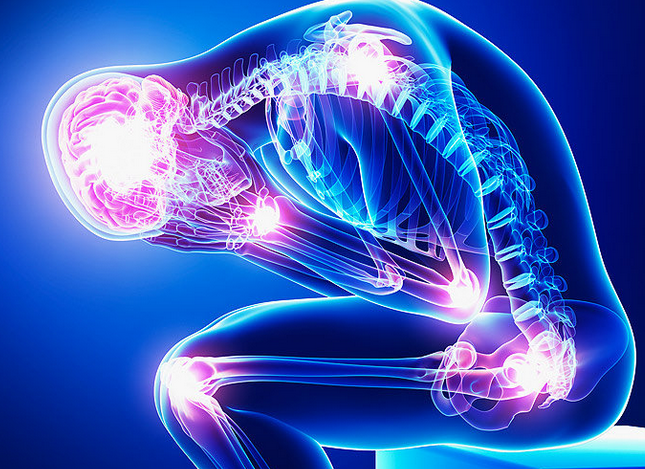Pain is a very excruciating experience for many people. In most cases, it is just a symptom of a bigger problem. Pain can have many types or classifications.

It can vary from the mildest to the most agonizing form. It can also be either physical or emotional. On the physical aspect, there are certain types of pain that must be discerned. Two of which are the radiating pain and shooting pain.
Shooting pain is characterized as a discomfort that originates at a certain spot or region and will manifest near or at that region. Nevertheless, it may still move to another location but only at a very close proximity. The usual causes of shooting pain are nerve damage and irritation. Other causes include the presence of renal stones, arthritis, and the ever-popular tooth decay.
Radiating pain is different because the pain usually manifests not directly on the affected area. The mechanism is the same manner as how the sun is able to radiate its rays. This means that radiating pain has spread from the actual area of pathology. As such, radiating pain is characterized as a spreading type of pain that expands outwards thereby forming a wider area of hurt.
If you have a ruptured lumbar disc, you’ll eventually experience radiating pain in your lower extremities. In this example, the actual pathology takes place at your back while the manifestation of pain has spread far to your legs. This is possible because of the interconnection of the nerve fibers from the spine to the lower extremities. Another condition that leads to radiating pain is sciatica (a sciatic nerve compression that manifests with the tingling of the legs).
Radiating pain can also serve as the body’s normal compensatory mechanism. Let’s say you hurt your right ankle. The chances are your left ankle will also hurt a bit as if it’s radiating because this will help lessen the strain and weight on your affected ankle.
Shooting pain is a more-focused type of pain that is really felt on the actual area of pathology. In the general sense, a shooting pain has a narrower area of discomfort compared to radiating pain. But you still can’t discount the severity of shooting pain.
Even though it is usually narrower in area compared to radiating pain, it is actually observed to be a little more painful than the latter since the area of pain has been concentrated on a smaller region. That’s why it was named as “shooting” because it feels like somebody has shot you.
According to some healthcare practitioners, shooting pain is very similar to stabbing pain – the same feeling you’ll experience when you get stabbed by a sharp object like a knife.